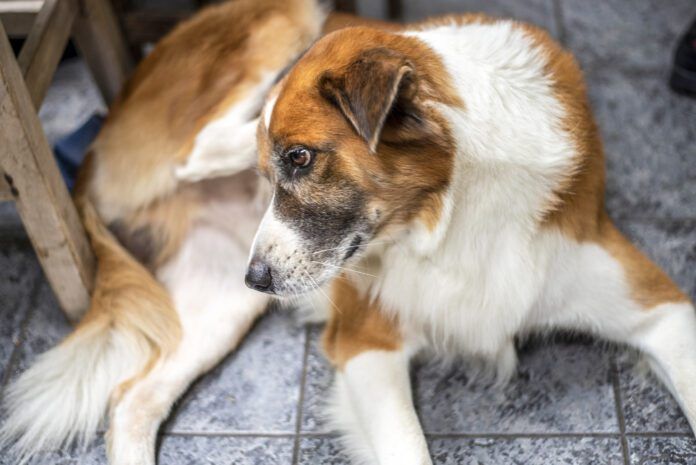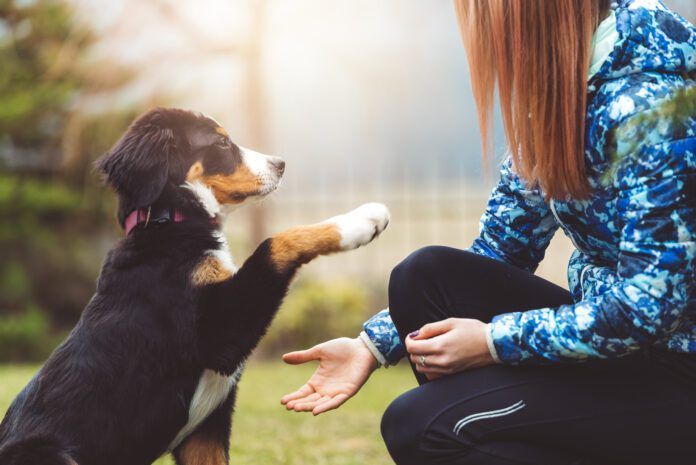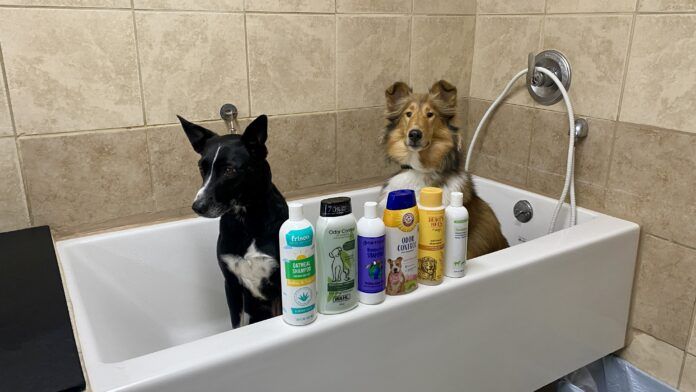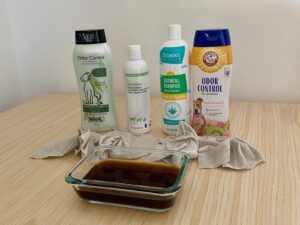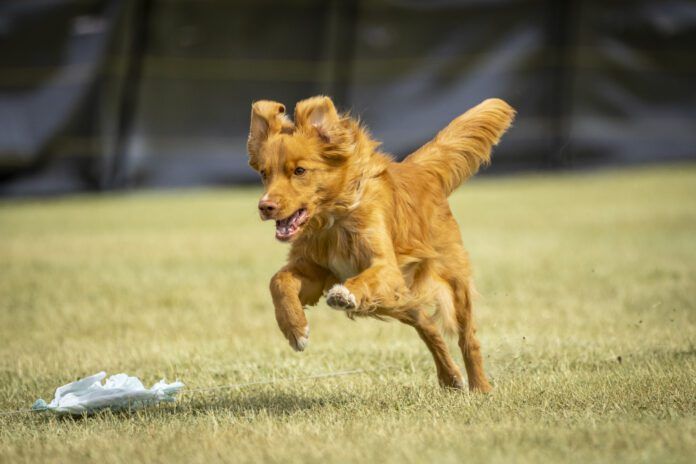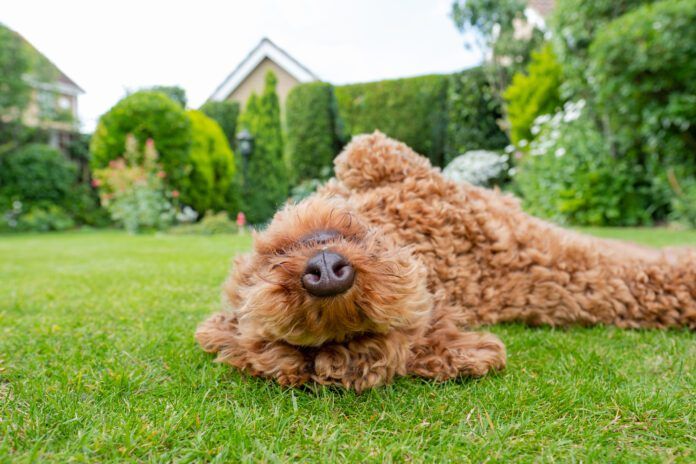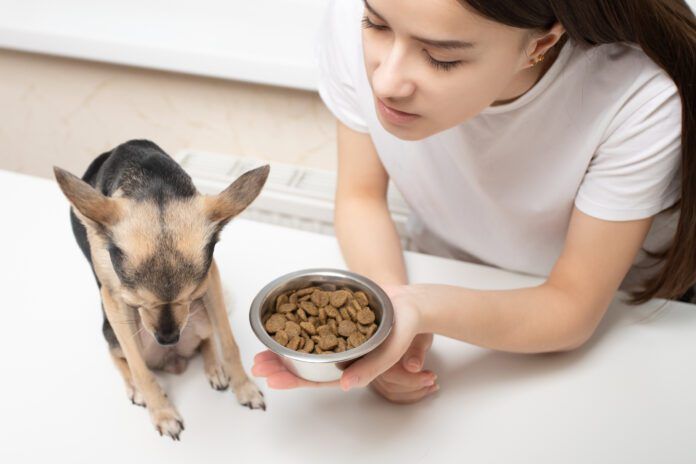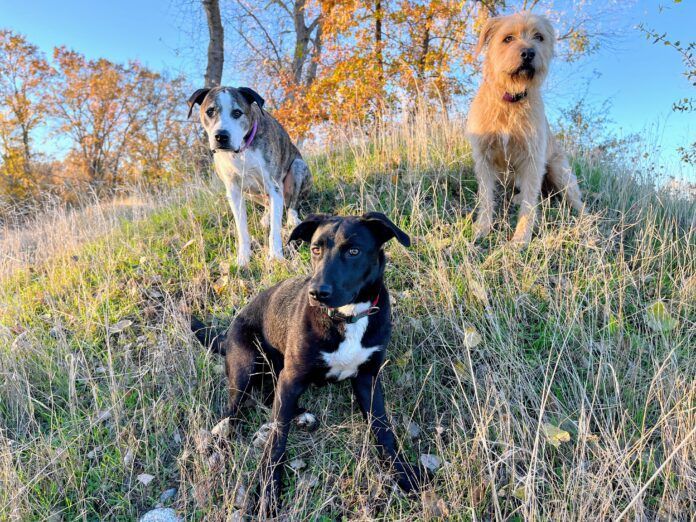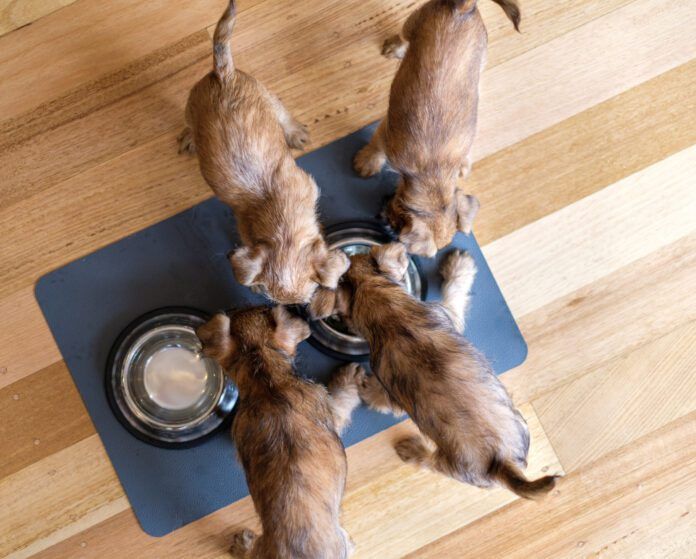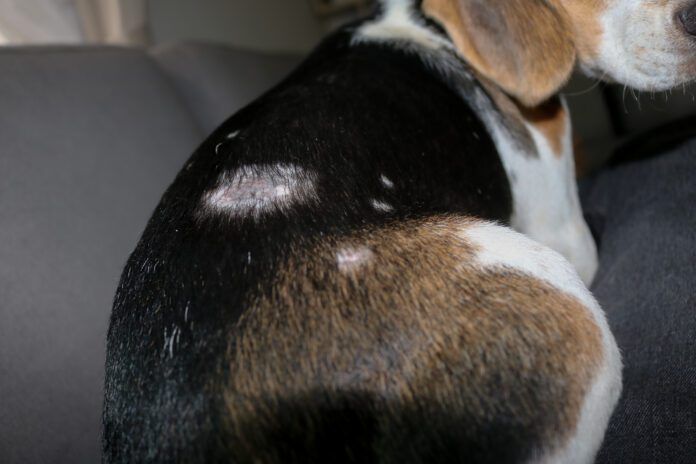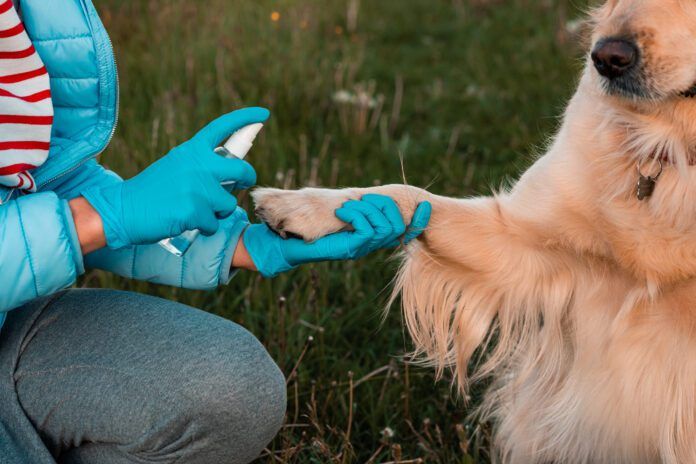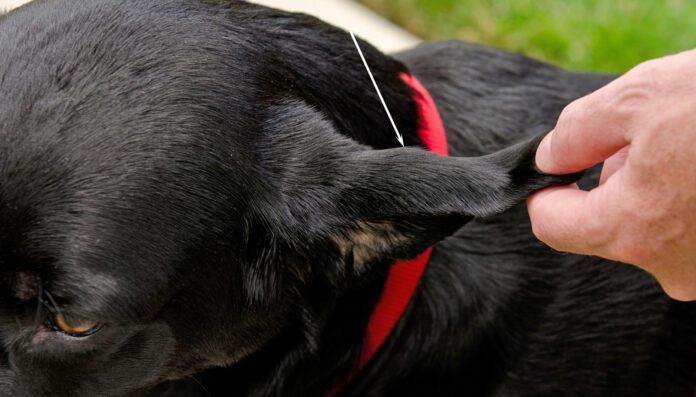Silver has been used in medicine for at least 6,000 years. According to “History of the Medical Uses of Silver” by J. Alexander in the June 2009 issue of Surgical Infections, silver was the most important antimicrobial agent available before the introduction of antibiotics. During the 20th century, colloidal silver was widely used to treat corneal ulcers, eyelid inflammation, tear duct infections, bacterial infections resulting from childbirth, systemic staph infections, tonsillitis, and other conditions. Surgeons used silver sutures to prevent surgical site infections. Between 1900 and 1940, tens of thousands of patients consumed colloidal silver and several million doses were given intravenously. While those therapies were generally considered safe, high doses could cause permanent skin discoloration, gastrointestinal disturbances, convulsions, or even death.
Colloidal silver products, which may be labeled silver hydrosol, silver sol, or silver water, vary according to the size, form, and concentration of their silver particles. Nanoparticles typically range from 1 to 100 nanometers in size while picoparticles are substantially smaller. The smallest particle sizes are said to improve bioavailability, speed absorption, and improve cellular-level interactions.
Ionic silver, which is different from but often confused with colloidal silver, contains dissolved silver ions, which are transparent and look like water because they lack visible particulate matter. Ionic silver solutions may be more likely to cause adverse side effects such as argyria (an irreversible blue-gray skin discoloration) if consumed or applied in excess or over long periods.
One concern about colloidal silver is that if it successfully treats viruses, bacteria, and other pathogens, those organisms may develop a tolerance that reduces silver’s effectiveness. According to I. Chopra in the April 2007 issue of Journal of Antimicrobial Chemotherapy, “Silver’s growing popularity has been largely due to the spread of methicillin-resistant Staphylococcus aureus and the resultant reduction in first-line antibiotic prescribing.” He states that while there is little evidence that silver treatments for infections result in bacterial resistance, silver product testing suffers from a lack of standardization for determining minimally effective concentrations. Concern about the colloidal silver industry’s lack of standardization is echoed in other published studies.
Because of insufficient scientific evidence supporting its use, the United States Food and Drug Administration (FDA) announced in 1999, “All over-the-counter (OTC) drug products containing colloidal silver ingredients or silver salts for internal or external use are not generally recognized as safe and effective and are misbranded.” Since then, the FDA has sent warning letters to numerous silver product manufacturers for making unproven medical claims.
Silver’s Veterinary Uses
Despite the FDA’s warnings, pet health testimonials for topical and oral colloidal silver products make them sound like cure-alls, treating everything from canine cancers and skin infections to cuts, abrasions, burns, wounds, digestive problems, urinary tract infections, all types of inflammation, ear infections, eye infections, and allergies.
Colloidal silver products intended for topical pet use include creams, ointments, gels, sprays, and bandages impregnated with colloidal silver. For ear and eye infections, typical label instructions recommend spraying affected areas 2 to 4 times a day. Colloidal silver ear flush products can be applied to the ears and wiped with cotton daily or more frequently.
Oral products include drops, tablets, sprays, and capsules. Directions for pet use vary by product, but many recommend feeding 1 teaspoon liquid colloidal silver per 25 pounds of body weight twice or three times per day. Some warn that this protocol is recommended only for short-term rather than long-term use.
Silver products are usually stable at room temperature, remain effective indefinitely, and do not require refrigeration.
So little published research has been done on the pet applications of colloidal silver that it’s impossible to confirm the implications of anecdotal reports. Well-designed double-blind, placebo-controlled clinical trials that settle arguments will probably never be conducted on colloidal silver. However, some research describes colloidal silver as a natural antibiotic.
In January 2023, the Journal of the American Animal Hospital Association published “Efficacy of a Silver-Based Shampoo for Treatment of Canine Malassezia: A Pilot Study” by S. Jones and P. Bloom. Malassezia is a common cause of dermatitis in dogs and the condition has resisted antifungal treatments. In the experiment, 14 infected dogs were bathed every 48 hours for up to 28 days with a silver nanoparticle-based shampoo that was left in place for 5 to 10 minutes each time. Nine of the treated dogs tested negative for Malassezia by day 14, and by day 28, eleven dogs (78.6%) were cytologically negative. “These results,” concluded the researchers, “suggest that silver nanoparticle-based shampoo may be effective in the treatment of canine Malassezia dermatitis. Larger, controlled studies are needed to further investigate efficacy, optimal concentration, and ideal application frequency.”
Colloidal Silver for Dogs Is Controversial
Quality control and accurate labeling are essential in any analysis of the benefits and risks of colloidal silver. Unfortunately, many products are inaccurately labeled, making comparisons difficult. “Comparative Analysis of Commercial Colloidal Silver Products” by A. Kumar and D. Goia in the December 22, 2020, International Journal of Nanomedicine, tested 14 of the most popular silver products sold on Amazon.com. They concluded, “The results of this evaluation show clearly that 70% of the commercial products evaluated contain only ionic [not colloidal] silver. Despite the evidence showing that silver nanoparticles are not present, eight of these products are promoted by the manufacturers as ‘colloidal silver’. Considering the extensive scientific research showing major differences between silver ionic and silver nanoparticles in terms of mechanisms of action, efficacy, and safety, it is clear that this misrepresentation impacts the consumers and must be addressed.”
In April 2004, the Journal of Wound Care reported results of in vitro tests of colloidal silver’s antimicrobial activity against several pathogenic or microorganisms. Three samples of colloidal silver were tested, one a commercial product sold online (silver concentration of 22 parts per million) and two samples (concentrations of 403 and 413 parts per million) that were prepared in the researchers’ laboratory using standard chemical methods. None of the tested colloidal silver solutions showed any antimicrobial effect in vitro on microorganisms. The study concluded, “Claims of silver’s antimicrobial potency are misleading and there is no place for it as an antiseptic.”
Nonetheless, some dogs have recovered quickly from infections, burns, and minor wounds after treatment with colloidal silver. “I have heard MANY anecdotal reports of successful topical use for various bacterial or yeast issues,” says Erika Spath, Vice President of Nutrition at EarthWise Pet, a holistic pet supply franchise, “though this use is not supported by research quite yet. In my opinion, clinical experience still holds value and suggests that colloidal silver may be a helpful tool in certain contexts, particularly for topical applications. I recommend that pet parents consult with their veterinarians before using colloidal silver, especially on open wounds or for internal use, to ensure its safe and appropriate use.”
Suggestions for Use of Colloidal Silver on Dogs
If you’d like to experiment with colloidal silver, study labels, product claims, and online reviews. Contact manufacturers for additional information. Talk with dog trainers, dog friends, and health experts for their experiences and recommendations. Learn what you can about products that might treat your dog’s condition and follow label directions. Consulting your veterinarian is especially important if your dog takes prescription medications because silver may interact with drugs and alter their activity. As Spath advises, “Prioritizing safety, carefully reviewing product labels, and making informed choices are key to ensuring the best outcomes for your pets.”


